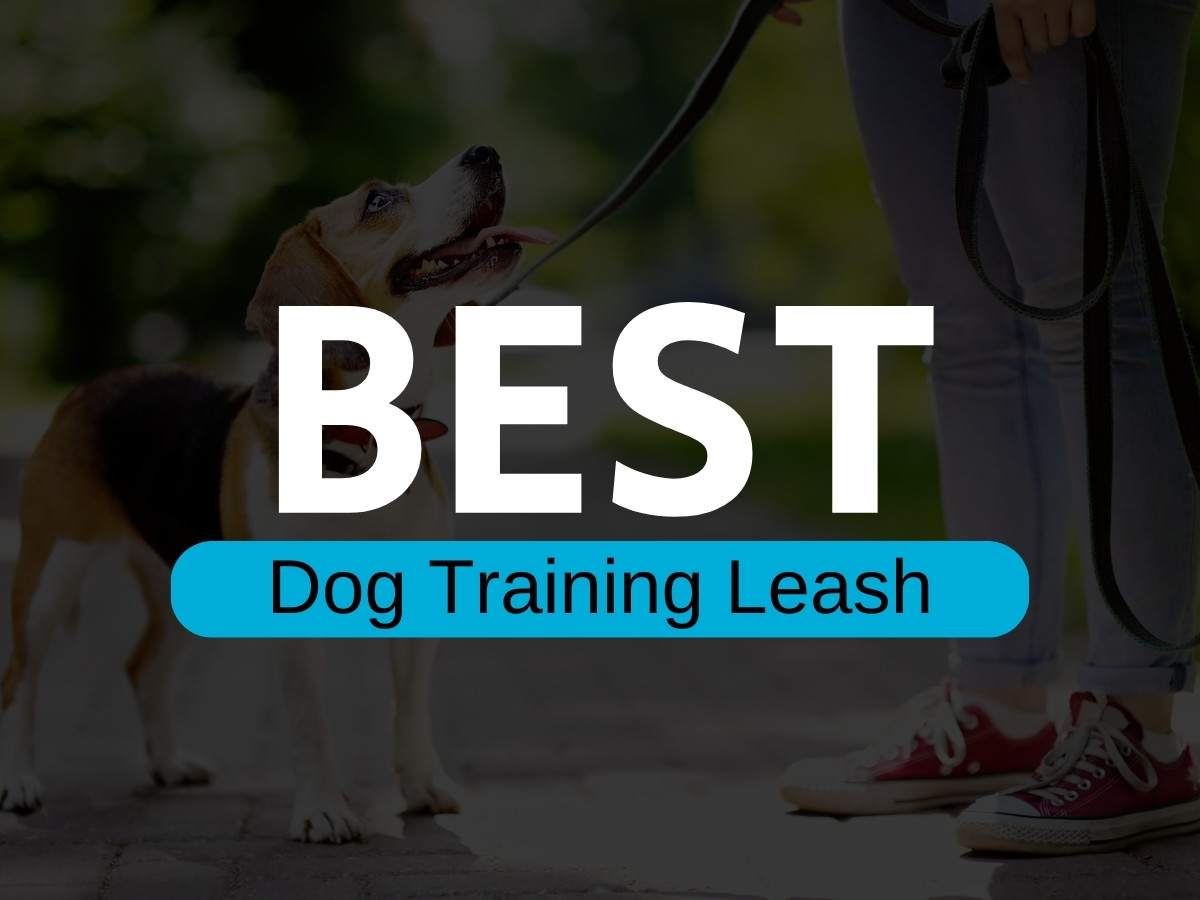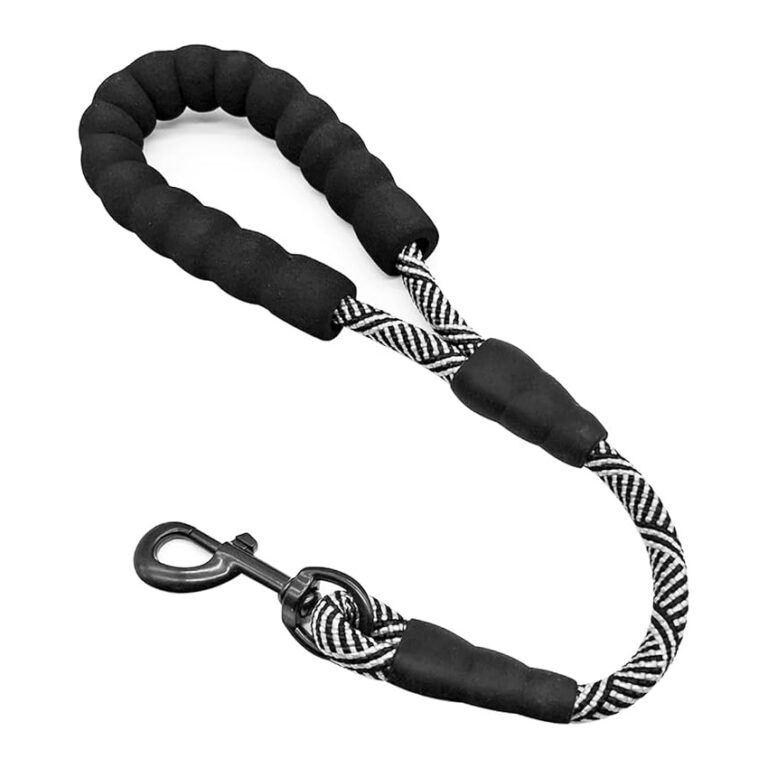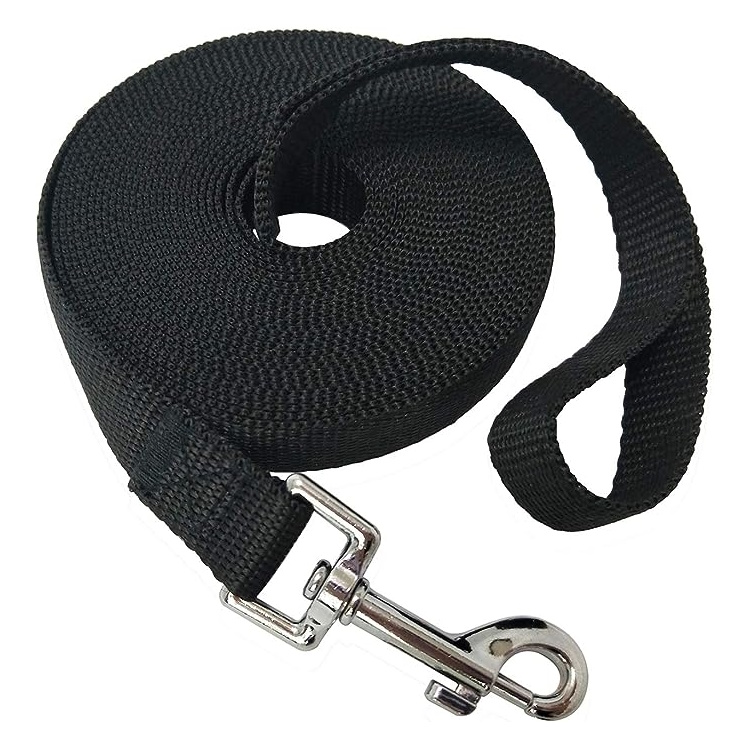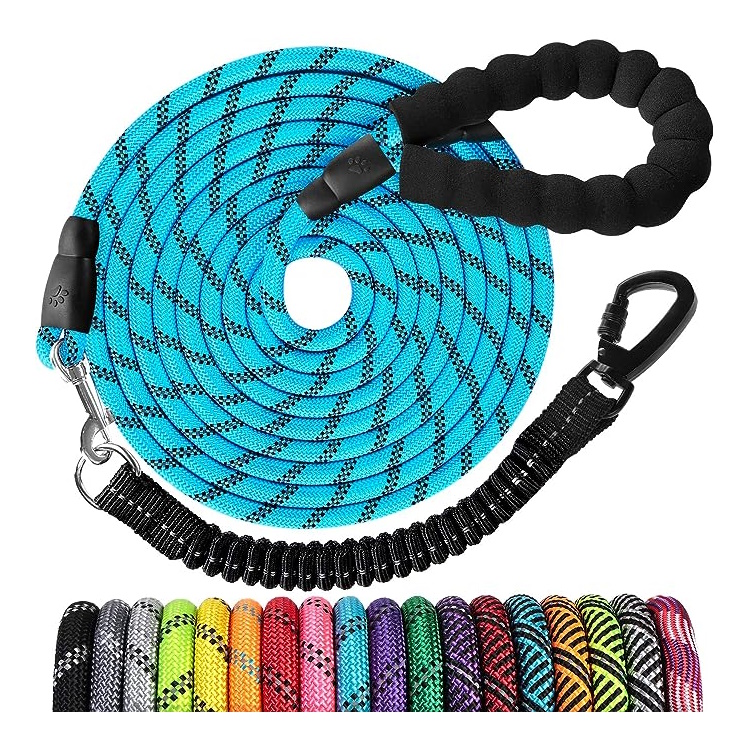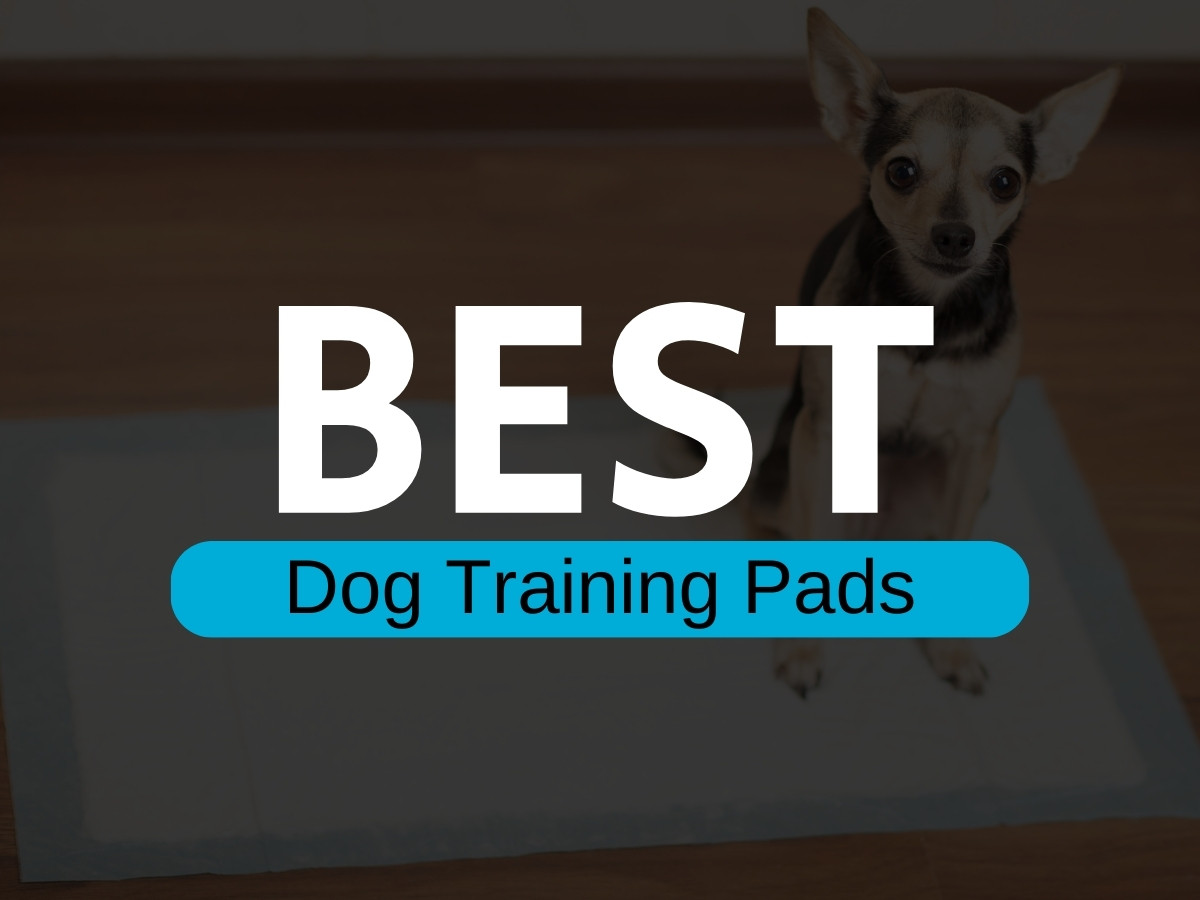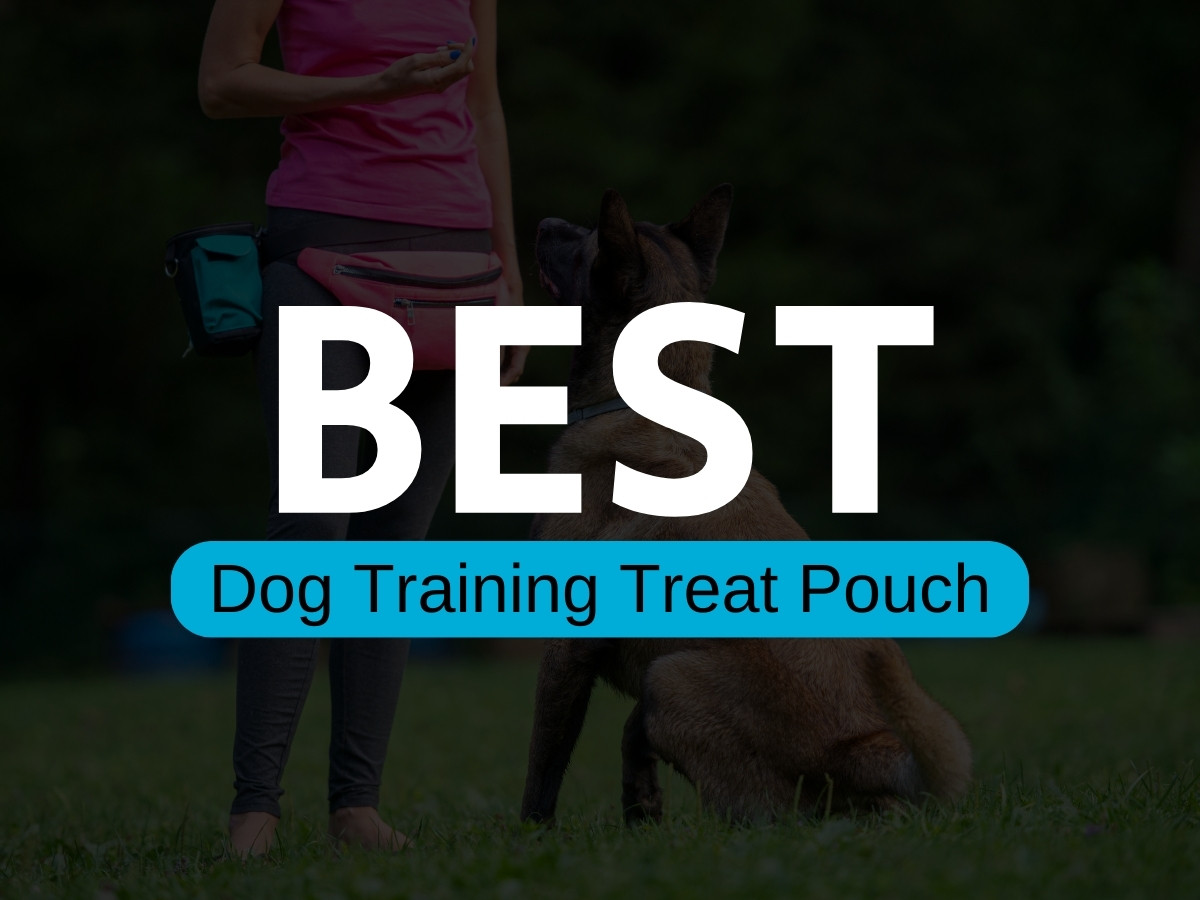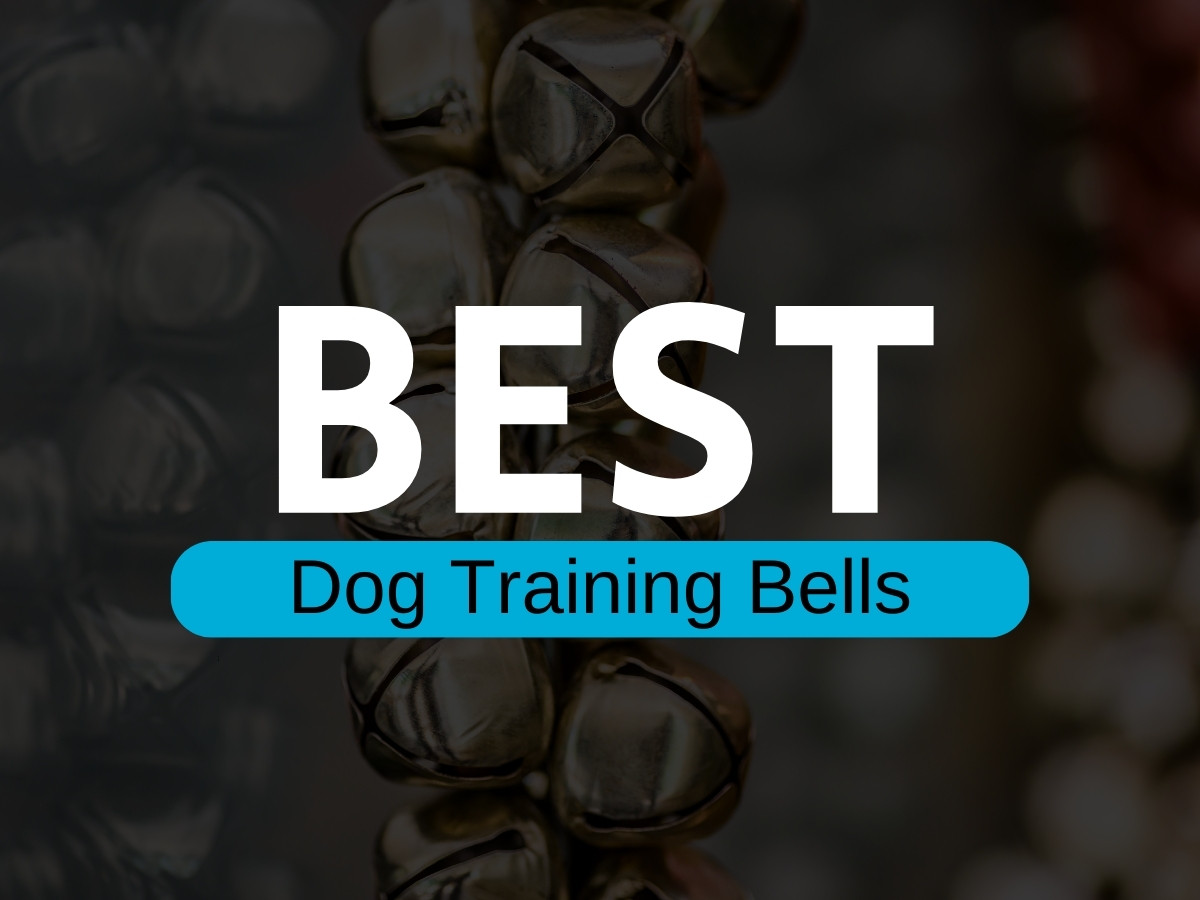Dog training is a nuanced, artful practice that requires not only skill and patience but also the right equipment. Central to any dog training regimen is the humble dog leash, a tool that—when chosen with care—can make a world of difference in training efficiency and the overall canine experience.
In this comprehensive guide, we’ll unpack the intricate world of dog training leashes, showing you how to select the best one for your furry friend, and providing invaluable insights into leash training techniques and more. Whether you’re a seasoned dog trainer or a curious pet owner looking to enhance your pup’s skills, you’re in for a treat—literally, and figuratively. Sit, stay, and learn about the best dog training leashes available on the market today!
Top 6 Best Dog Training Leashes on the Market
Types of Dog Training Leashes
Not all leashes are created equal, and for the uninitiated, the array of options can be overwhelming. The key to selecting the right training leash starts with understanding the variety at your disposal:
Standard Leashes
The trusty standard leash is a foundational training tool that’s available in a range of lengths and materials. These leashes offer reliability and control, essential for teaching basic commands like ‘heel,’ ‘sit,’ and ‘stay.’
Martingale Collars
For those looking to give their dogs a bit more freedom during training, retractable leashes offer variable lengths, allowing for controlled exploration by your furry friend. They can be ideal for chronic pullers, as they encourage dogs to keep pace with their handlers.
Martingale Collars
Martingale collars are not strictly leashes, but they’re often used alongside them in training contexts. These collars provide gentle pressure around a dog’s neck to discourage pulling without the choking or injury risks associated with traditional choke chains.
Harnesses
For dogs that are prone to pulling or have health concerns, a harness could be a better fit for leash training. Harnesses distribute pressure more evenly across the dog’s body, ensuring that the neck area is not strained.
Each leash type has its merits and suits different training scenarios; understanding which one is right for your dog is an essential first step in the training process.
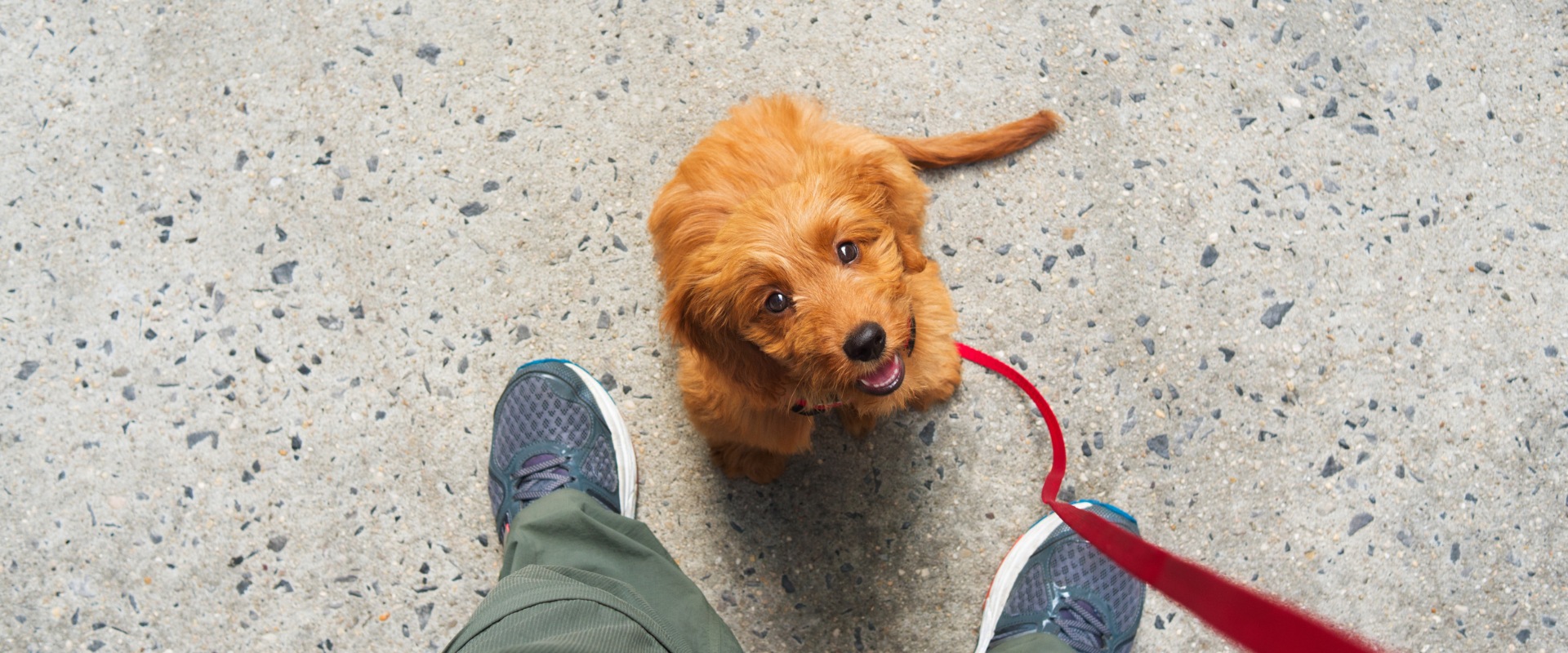
Factors to Consider When Choosing a Dog Training Leash
Selecting the right leash isn’t just about picking your favorite color or the most cost-effective option. It involves considering several vital factors to ensure that the leash you choose will serve both you and your dog well:
Size and Strength of the Dog
Larger, stronger breeds may require thicker, more robust leashes to manage their power. Smaller dogs, on the other hand, may do well with thinner and lighter leashes, as well as those with more flexibility.
Training Goals
The type of training you’re undertaking influences the leash you’ll require. For leash manners and obedience training, a standard leash might be the best bet. For recall training, a long line leash could be more appropriate.
Material and Durability
Leash material determines its lifespan and how it performs in different weather conditions. Nylon is durable and easy to clean, making it a popular choice. Leather is robust but requires more maintenance.
Comfort and Safety Features
Consider the handle of the leash, especially if you’re expecting to train for long periods. Padded or ergonomic handles can significantly increase comfort. Additionally, reflective materials or night-lights can improve safety during walks in low light.
Understanding these factors helps refine the search for your ideal training leash, ensuring you make an informed purchase.
Training Tips for Using Different Leash Types
No matter the leash type, it’s essential to pair it with the right training techniques. Leash training is a skill in itself, and knowing how to use the leash properly can make or break your training sessions.
✤ Standard Leashes
Use the standard leash for training that requires up-close control. Follow the 6-foot rule, keeping the leash loose but not dragging, to maintain connection and encouragement.
✤ Retractable Leashes
Employ these leashes for training at a medium distance. The retractable feature can simulate off-leash experiences while maintaining the ability to rein in your dog quickly if needed.
✤ Martingale Collars
Martingale collars should be used with a light touch, in combination with a standard leash for best results. Quick, slight corrections can help to reinforce training commands.
✤ Harnesses
When using harnesses for training, it’s important to utilize them as a tool that promotes good behavior, rather than as a crutch. Distrust the resistance your dog feels when pulling, encouraging them to walk politely on the leash.
Training is as much about your bond with your dog as it is about the commands you’re teaching. Leashes are an extension of that bond, and when used effectively, they can enhance your pup’s training experience tenfold.
Best Leash for Training a Dog to Walk
The walk is perhaps the most common training scenario for any dog. A well-fitted standard leash is usually the best for training walks, but which one within this category stands out?
Comparing and contrasting leashes specifically for walking training can make this pillar of obedience training a much smoother experience for both you and your dog.
Conclusion
The dog training leash you choose can influence the art and success of training. It must meet the specific needs of both the dog you love and the goals you have for them. From understanding the various leash types to considering the best options for different training contexts, this guide has set you on the path to making a choice that will support you and your furry friend in your training adventures.
Remember, responsible pet ownership extends to the tools and techniques used in training. With the knowledge gathered here, you’re now equipped to curate a training experience that is safe, efficient, and fun for you and your dog. Make the most of your bond by choosing the best dog training leash and enjoy the lifelong benefits of a well-trained companion.

